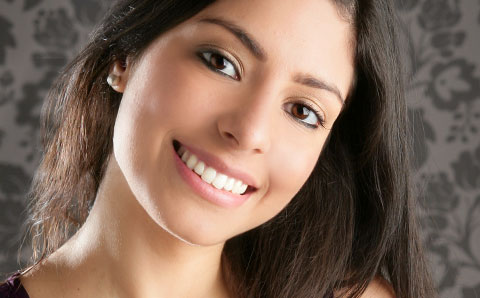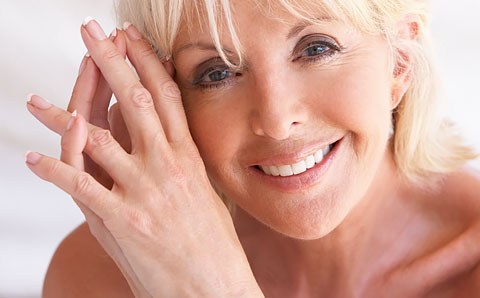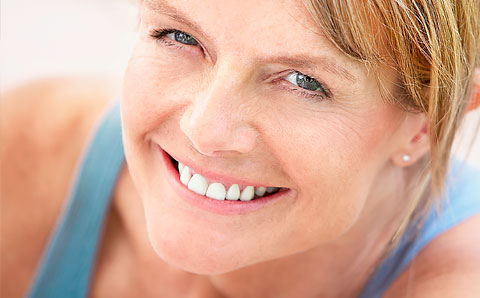About Acne
Our skin is covered in hair follicles. In a healthy hair follicle the sebaceous gland produces a small amount of sebum, which moves up to the surface of the skin where it acts as a waterproofing agent. The opening of the follicle is wide making it easy for the sebum to exit the follicle (figure 1).
Spots are caused when the opening to the hair follicle is blocked, closing off oxygen and allowing the sebum to stagnate. This is the early stage of a spot known as a comedone (figure 2).
This environment allows rapid growth of P. acnes, the bacteria that leads to acne. At this point the hair follicle becomes inflamed and red (a spot) and forms a pustule (figure 3).
There are several factors than can contribute to cause of spots:
- Hair follicles can become blocked by excessive sebum on the skin and an accumulation of dead skin cells
- Some cosmetic products can block hair follicles
- Hormones can cause an increased production of sebum and an accumulation of dead skin cells at the follicle opening
In order to effectively fight spots each stage of the spot development process needs to be tackled.
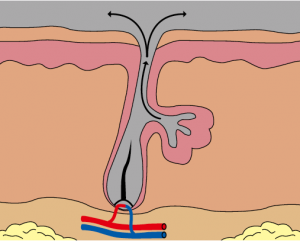
Figure 1
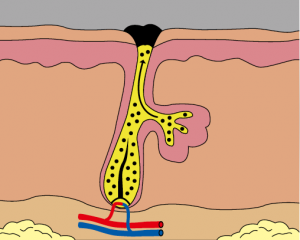
Figure 2
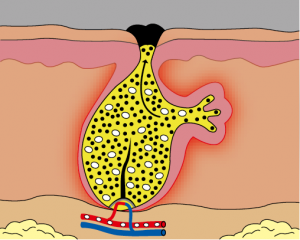
Figure 3
About Rosacea
Rosacea is a common, chronic skin condition that primarily affects the facial area and is characterised by skin flushing and redness which can be transient or persistent.
What causes Rosacea?
The exact cause of Rosacea is yet unknown and many who are affected by it are unaware of their condition. The first symptoms of Rosacea are episodes of skin flushing and redness. In cases where the condition progresses, the face looks like it has a constant blush or sunburn. Additional symptoms of facial Rosacea include the appearance of small red coloured bumps or pimples that resemble acne and sometimes cause burning or stinging sensation. It is also quite common that the small blood vessels on the nose and cheeks swell up and become visible. As a chronic condition, Rosacea on the face is characterised by flare-ups and remissions. In severe cases, Rosacea causes skin thickening and textural changes, primarily on and around the nose, and may result in irritable, teary and dry eyes. While less frequent, Rosacea has also been known to affect the neck, chest, scalp and ears.
Who suffers from Rosacea?
Millions suffer from Rosacea, which affects all segments of the population, regardless of skin type or colour. It is more common in persons of northern and western European descent with a fair complexion and research suggests it may be hereditary. Although it can appear at any age, it typically starts after the age of 30. While more women are diagnosed, men have more severe cases, probably because women seek treatment sooner.


